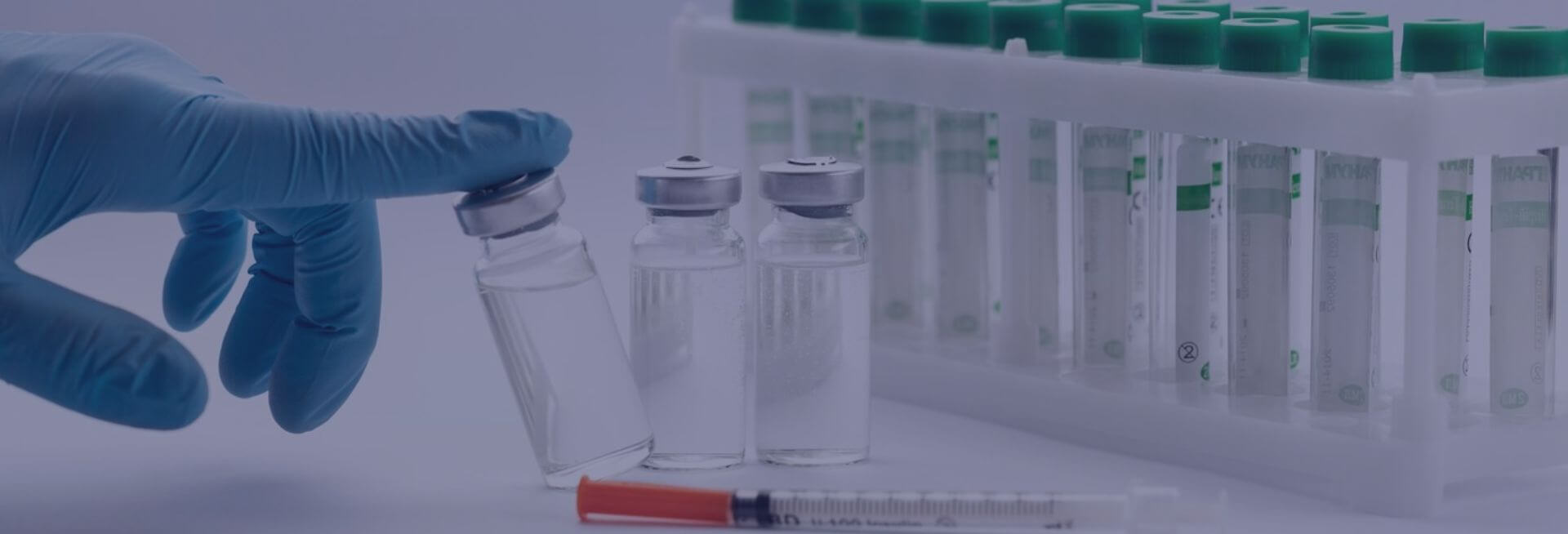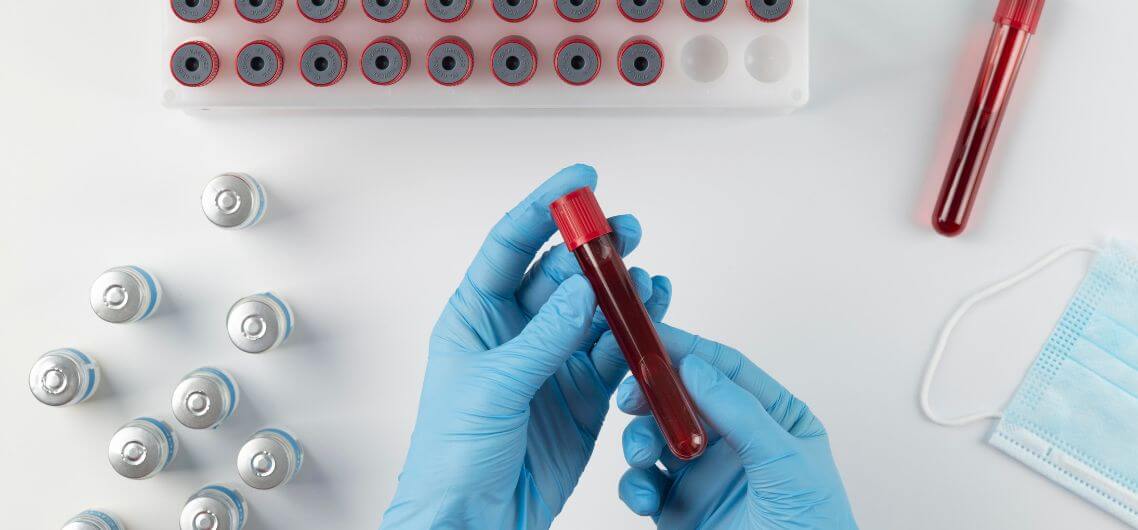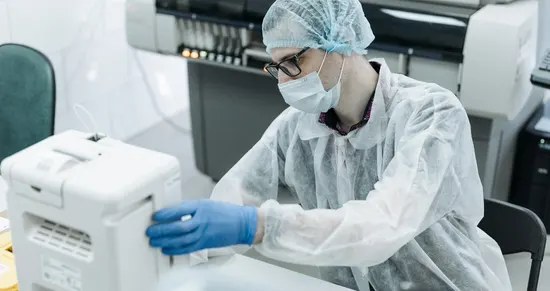Vacuum blood collection tubes are medical devices used to collect and store blood samples for diagnostic testing or medical procedures. Their primary purpose is to obtain a sample of blood from a patient in a safe, sterile, and efficient manner. These tubes are commonly used in clinical laboratories, hospitals, and other healthcare settings for various purposes, including:
- Diagnostic Testing: Blood samples collected in vacuum tubes are analyzed to diagnose medical conditions, monitor disease progression, assess organ function, and evaluate overall health. Tests may include blood chemistry, complete blood count (CBC), coagulation studies, blood typing, and infectious disease screening.
- Therapeutic Monitoring: Patients undergoing treatment for certain medical conditions may require regular monitoring of their blood parameters to assess the effectiveness and safety of therapy. Vacuum blood collection tubes facilitate the collection of samples for monitoring purposes.
- Transfusion Medicine: Blood collected in vacuum tubes may be used for blood typing and compatibility testing prior to blood transfusions. This ensures that donated blood is compatible with the recipient’s blood type to prevent adverse reactions.
- Research Studies: Blood samples collected using vacuum tubes may be used in research studies to investigate disease mechanisms, develop new diagnostic assays, or evaluate the efficacy of therapeutic interventions.
- Forensic Analysis: In forensic investigations, blood samples collected in vacuum tubes may be analyzed to provide evidence in legal proceedings, such as determining the presence of drugs or toxins, identifying DNA profiles, or investigating the cause of death.
- Point-of-Care Testing: In some cases, vacuum blood collection tubes are used in point-of-care testing settings, where rapid diagnostic tests are performed at or near the patient’s location. These tests provide immediate results and can inform clinical decision-making.
Overall, vacuum blood collection tubes play a crucial role in modern healthcare by facilitating the collection, storage, and transportation of blood samples for a wide range of diagnostic and therapeutic purposes. Their use contributes to accurate diagnosis, effective treatment, and patient care management.
Hence it essential that these tubes be approved by local and international regulations to ensure its safety and efficacy.
The Blood Collection Tubes are containers and can be classified as per Rule 5 of EU 2017/746 (IVDR) i.e. (c) Specimen receptacles as Class A or if they are available in sterile form than Class A (Sterile)
Conformity assessment of Vacuum Blood Collection tubes
Being Class A, the conformity assessment of the Blood Collection tubes doesn’t involve notified body unless it is Class A sterile in which the notified body assessment will be limited to assessment of the sterilisation parameters. Technical documentation prepared as per Annex II of IVDR along with an Self EC Declaration of Conformity assisted with EUDAMED registration and UDI Labelling should suffice. The European Authorised Representative (EAR) for non-EU manufacturers shall be responsible for the maintenance of technical files and answerable to any queries by the competent authority.
A few examples of types of Vacuum Blood Collection Tubes:
| ADDITIVE | APPLICATION AREA |
| No additive | Study of biological fluids in clinical chemistry, serology, immunology |
| Clot activator | Study of blood serum in clinical chemistry, serology, immunology, protein electrophoresis |
| Thrombin | Express clinical chemistry tests of blood serum. |
| Lithium or Sodium Heparin | Clinical chemistry, immunology, toxicology tests of blood plasma. |
| Sodium citrate (3,8% /3,2%) | Hemostasis Diagnostics (Coagulation) |
| ACD A/B | Immunology and blood group tests, blood storage. |
| EDTA К2 / EDTA К3 | Hematological and molecular genetic tests |
| Na fluoride and EDTA/Oxalate/Heparin | Glucose level, lactate, glycosylated hemoglobin. |
| ESR | The measurement of erythrocyte sedimentation rate. |
| DNA tube (EDTA and DNA stabilization solution) | Tests of DNA fragments, hematological and molecular genetic tests. |
| Clot activator and Gel | Study of blood serum in clinical chemistry, serology, immunology, and protein electrophoresis |
| Thrombin and Gel | Express clinical chemistry tests of blood serum. |
| Lithium or Sodium Heparin and Gel | Clinical chemistry, immunology, and toxicology tests of blood plasma. |
| Sodium citrate (3,8%/3.2%) and Gel | Hemostasis Diagnostics (Coagulation) |
| ACD A/B and Gel | Study of hemostatic system |
| К2 EDTA, К3 EDTA and Gel | Immunohematological and molecular genetic tests of blood plasma. |
| Na fluoride and EDTA/Oxalate/Heparin And Gel | Glucose level, lactate, glycosylated hemoglobin in plasma (especially for diagnosis of gestation diabetes) |







